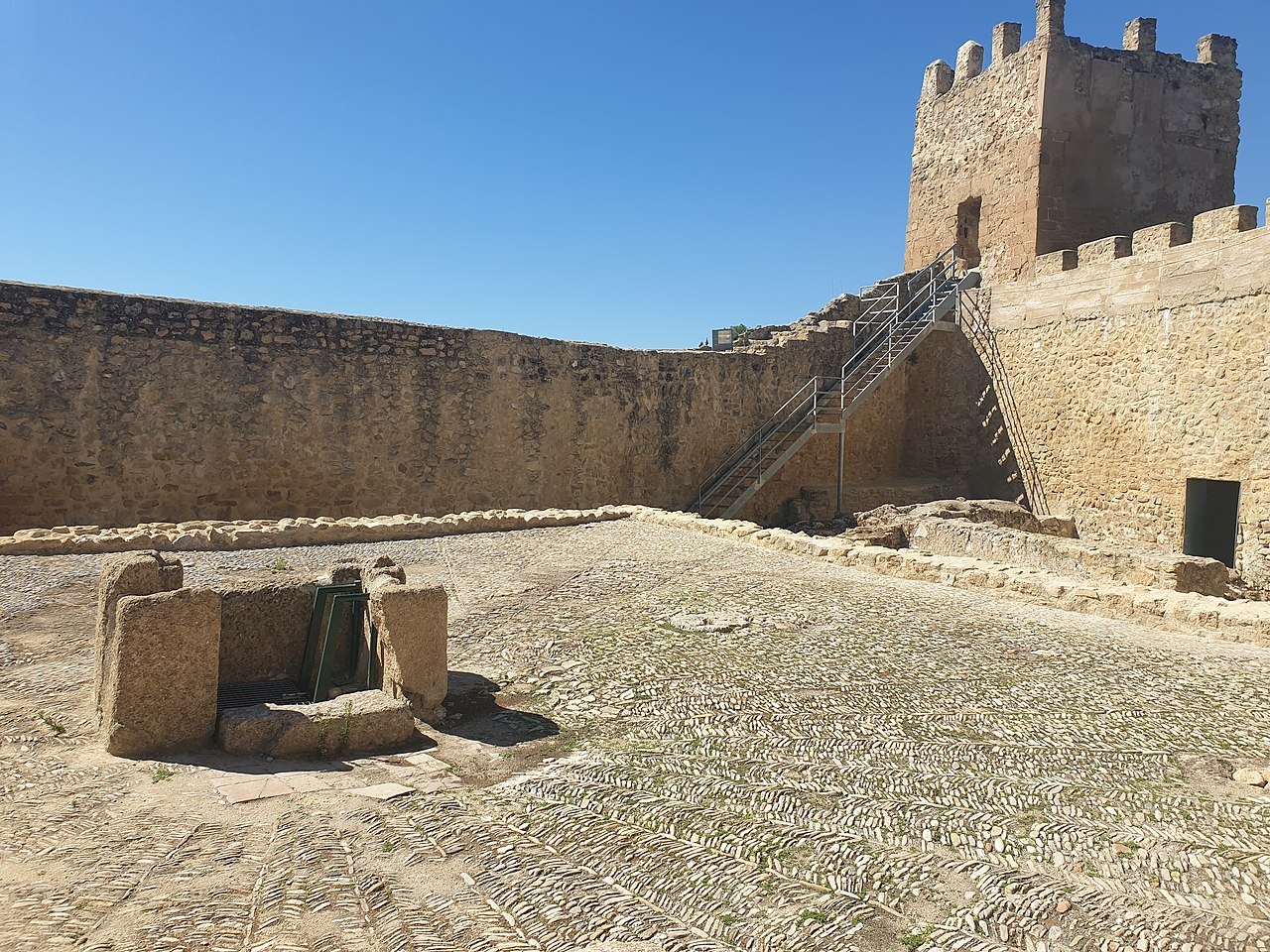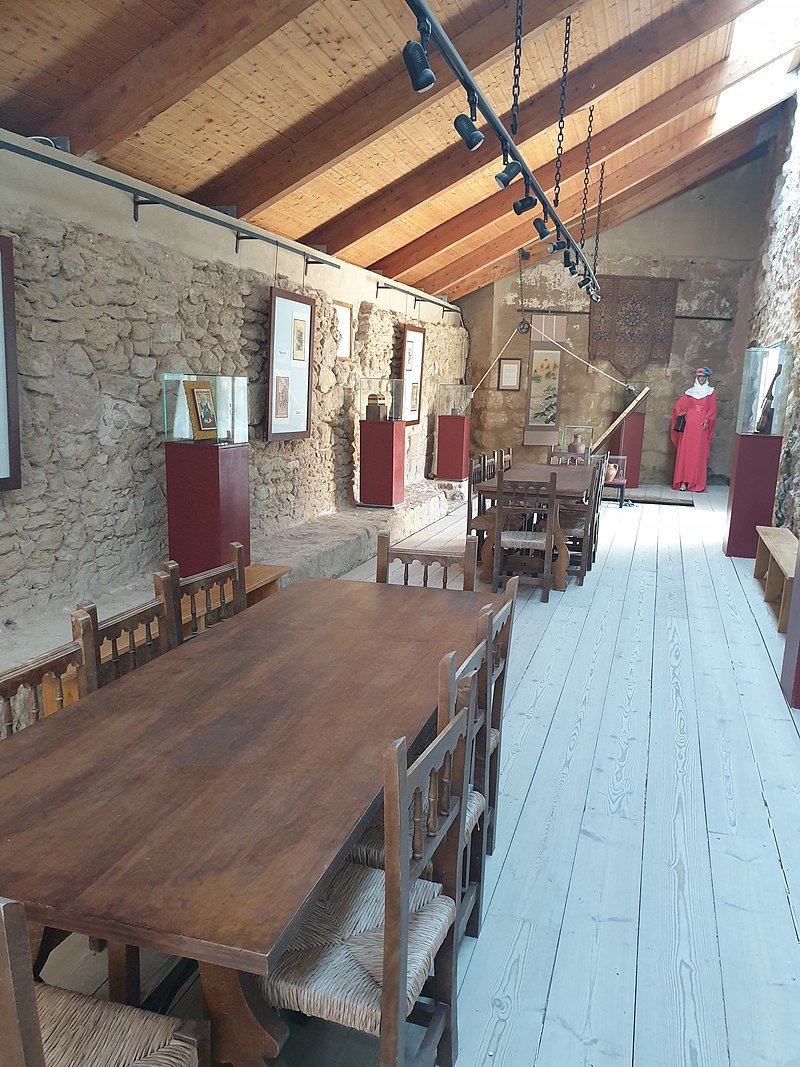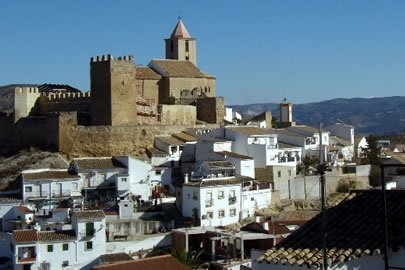
Iznajar

Featured activity

-20%

Novelty
Restaurant Abuela Maria Cuatro Esquinas Bar in Iznajar
2:00h
Spanish
FREE Cancelation
A typical bar-restaurant of the area where you can taste tapas, stockings and portions. Specializing in all types of rice and select meats.
0.00€/person

















